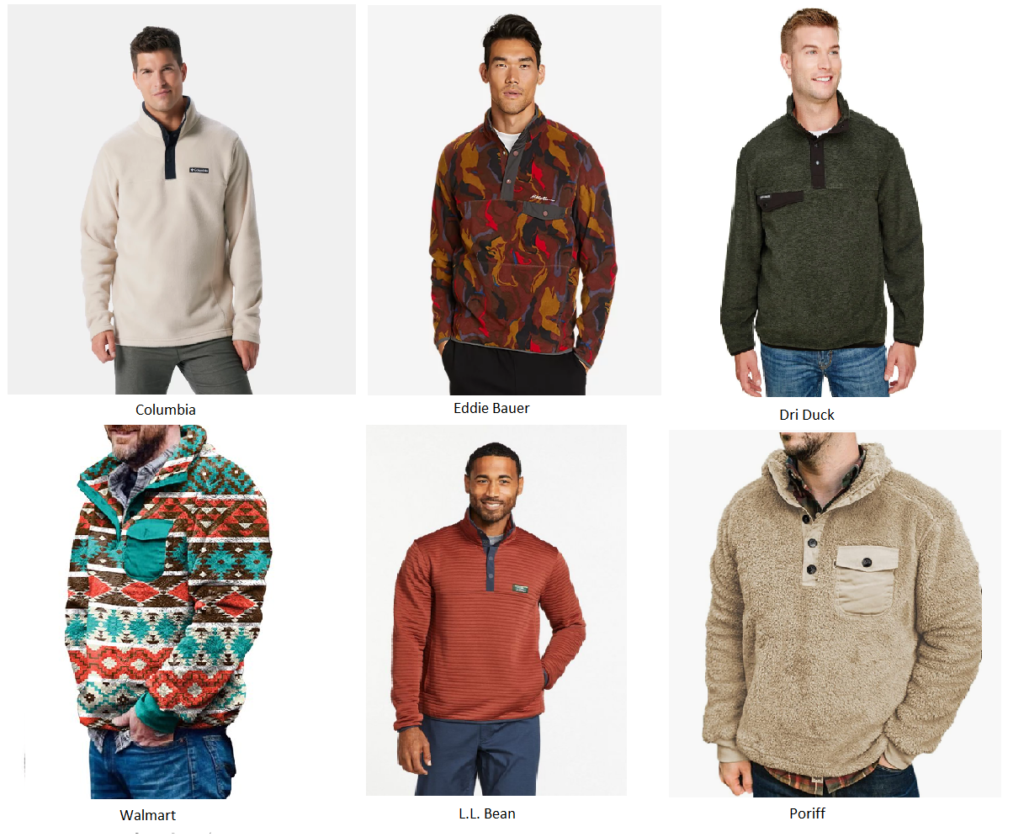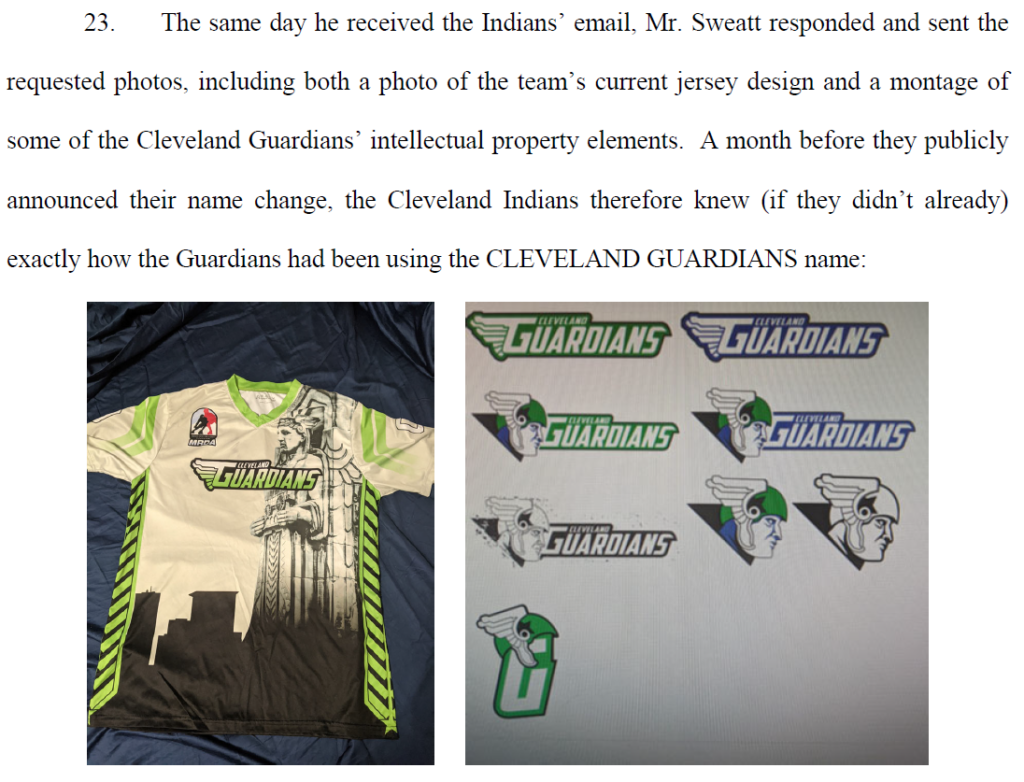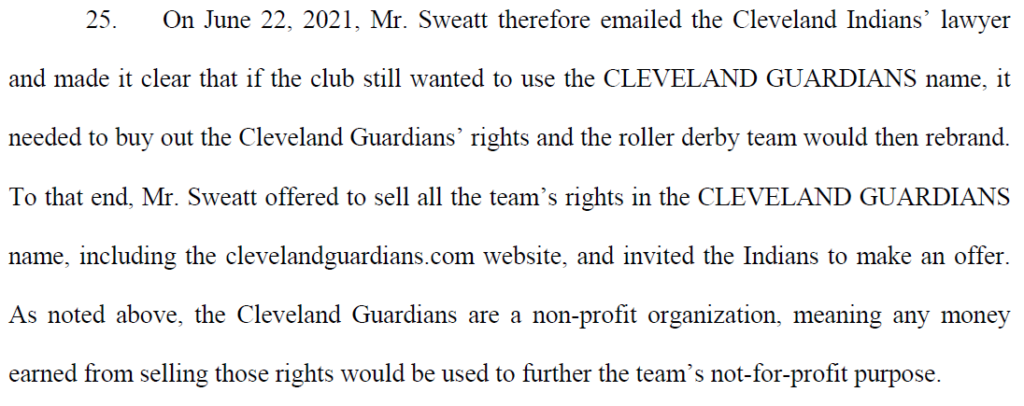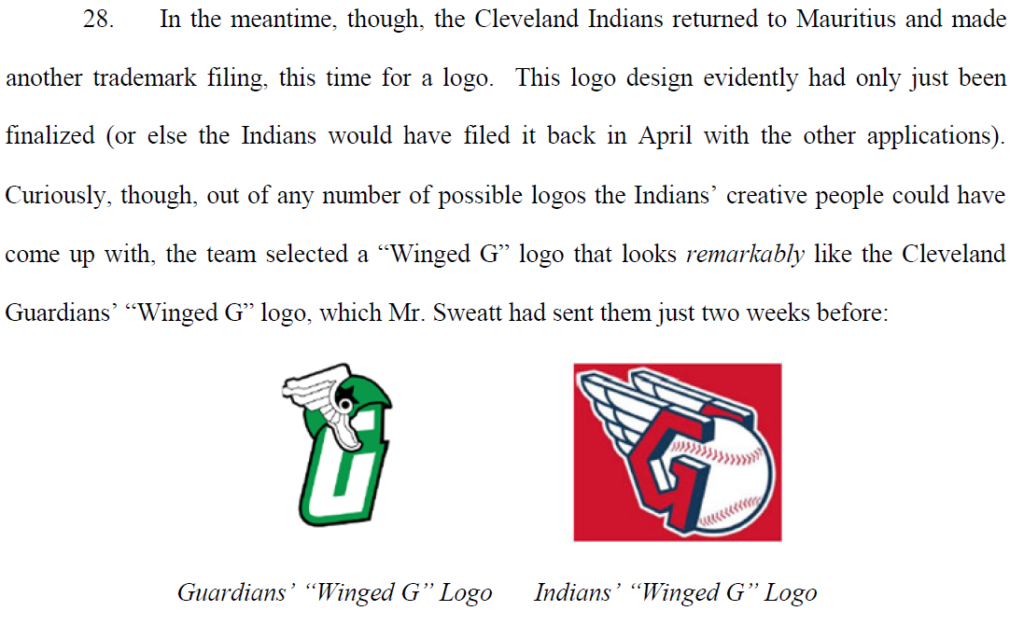On February 13, 2024, the Federal Circuit affirmed the USPTO’s refusal to register the mark CHESTEK LEGAL for failure to comply with the domicile address requirement of 37 C.F.R. §§ 2.32(a)(2) and 2.189.
37 C.F.R. §2.32(a)(2) requires that a trademark application include “[t]he name, domicile address, and email address of each applicant.” While 37 C.F.R. § 2.189 requires that “An applicant or registrant must provide and keep current the address of its domicile, as defined in § 2.2(o) [The term domicile as used in this part means the permanent legal place of residence of a natural person or the principal place of business of a juristic entity.” The USPTO explained that that these rules we created to combat “the growing problem of foreign individuals, entities, and applicants failing to comply with U.S. law.”
Pamela Chestek, a well-known and highly regarded trademark practitioner, author and commentator, provided the address where she receives business mail: “PO BOX 2492, RALEIGH, NORTH CAROLINA UNITED STATES 27602. Her website identifies a physical address of 300 Fayetteville St, Raleigh, NC 27601, which turns out to be the Raleigh, N.C. Post Office. This was not good enough for the USPTO, which could not sleep at night until it knew where Pamela slept at night.
On appeal, Chestek argued that the domicile address requirement was improperly promulgated for two independent reasons and that the Board’s decision enforcing the domicile address requirement should therefore be vacated. First, Chestek first argued that the USPTO was required to comply with the requirements of notice-and-comment rulemaking under 5 U.S.C. § 553 but failed to do so because the proposed rule did not provide notice of the domicile address requirement adopted in the final rule. Second, Chestek argued that the domicile address requirement is arbitrary and capricious
because the final rule failed to offer a satisfactory explanation for the domicile address requirement and failed to consider important aspects of the problem it purports
to address, such as privacy.
The Federal Circuit rejected Chestek’s first argument because § 553(b)(A) does not require the formalities of notice-and-comment for “interpretative rules, general statements of policy, or rules of agency organization, procedure, or practice.”
The Federal Circuit rejected Chestek’s second argument because the regulations were not arbitrary or capricious but were adopted the domicile address requirement as part of a larger regulatory scheme to require foreign trademark applicants, registrants, or parties to a
trademark proceeding to be represented by U.S. counsel. The Federal Circuit said that because the USPTO would need to know an applicant’s domicile address to determine if the U.S. counsel requirement applied, it reasonably required all applicants to provide their domicile address. The USPTO’s justification for all applicants to provide a domicile address is therefore at least reasonably discernable when considered in the full context of the U.S. attorney requirement and the decision to condition that requirement on domicile.















